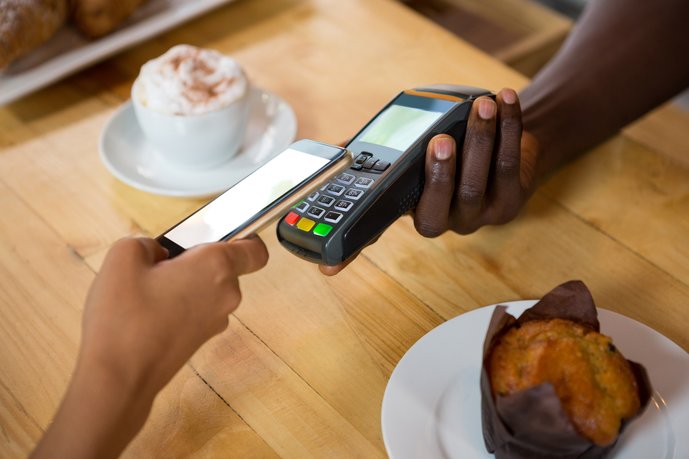Most mobile device users are now comfortable with the idea of using mobile payment apps. As these programs have already received widespread attention, you can also expect that most users will be familiar with this payment system.

It is true that most people consider mobile payment apps as a great convenience to make payment on the go. You can simply swipe your card or smartphone through your app, which will automatically transfer funds into your account. With a tap of your finger, you can get your purchases made or receive money you lent from friends and family members.
However, mobile payment apps are no longer considered to be an alternative payment option for many consumers. In fact, many users are already using them for their everyday purchases, as well as for other online purchases. And it is not surprising at all to see more users in the internet. These users, along with those who have not yet made the decision to use mobile payments, should understand the advantages and disadvantages of this method.
First of all, mobile payment apps have significantly lowered transaction fees compared to traditional credit card payments. This is why most consumers are now choosing this payment method over cash when it comes to their shopping. These programs usually charge minimal transaction fees and only accept selected cards.
Since mobile payment apps do not involve the traditional credit card payment, you will not incur any additional charges when you transfer your balance. Unlike most online shopping sites, which charge extra for transactions made through their payment gateways, mobile payments do not require you to register for membership or to pay membership fees.
Aside from lower transaction fees and charges, mobile payment apps also allow you to make payments using a variety of payment methods such as Apple Pay, Google Wallet, or PayPal. You can also choose how you would like your payment scheme to be delivered, which is different from the standard methods of credit cards and cash.
One of the major reasons why mobile payment apps are no longer considered an alternative payment option is because of the fact that they have become quite difficult to use and navigate. These apps do not allow users to make a one-time payment using their smartphones.
So even though mobile payment apps have gained a lot of popularity recently, they may not be the best choice for your business. In order to ensure that your customers will still be able to pay with their phone, you need to provide a better payment process.
Today, there are some mobile payment systems that you can choose from and make use of. Although they still require you to sign up for a membership, there are other systems that can be used by simply installing them on your mobile devices.
The most popular and widely-used mobile payment systems are PayPal, Google Wallet, and Apple Pay. Although these companies may not be free to use, these systems are pretty convenient and easy to use. Most users are actually satisfied with this payment system and are very pleased with the convenience and ease of operation.
The downside of mobile payment apps is the fact that they can’t be accessed using your smartphone’s mobile device. If you want to transfer money to your customers’ mobile devices, you must get a special app installed in their mobile phones. Otherwise, you may be required to give them a paper check.
The other big disadvantage of mobile payment systems is that they only accept certain payment options, which include credit cards, debit cards, and other cards, which can either be issued by your company or by a third party. If you do not have these types of cards, then you can still use an ATM machine for a mobile payment. In this case, you have to contact your merchant bank first to see if they accept your chosen payment method.
Furthermore, most mobile payment systems can only be accessed online. With the increasing competition among various companies offering these systems, the cost of each service may vary, depending on what is included in the package.
